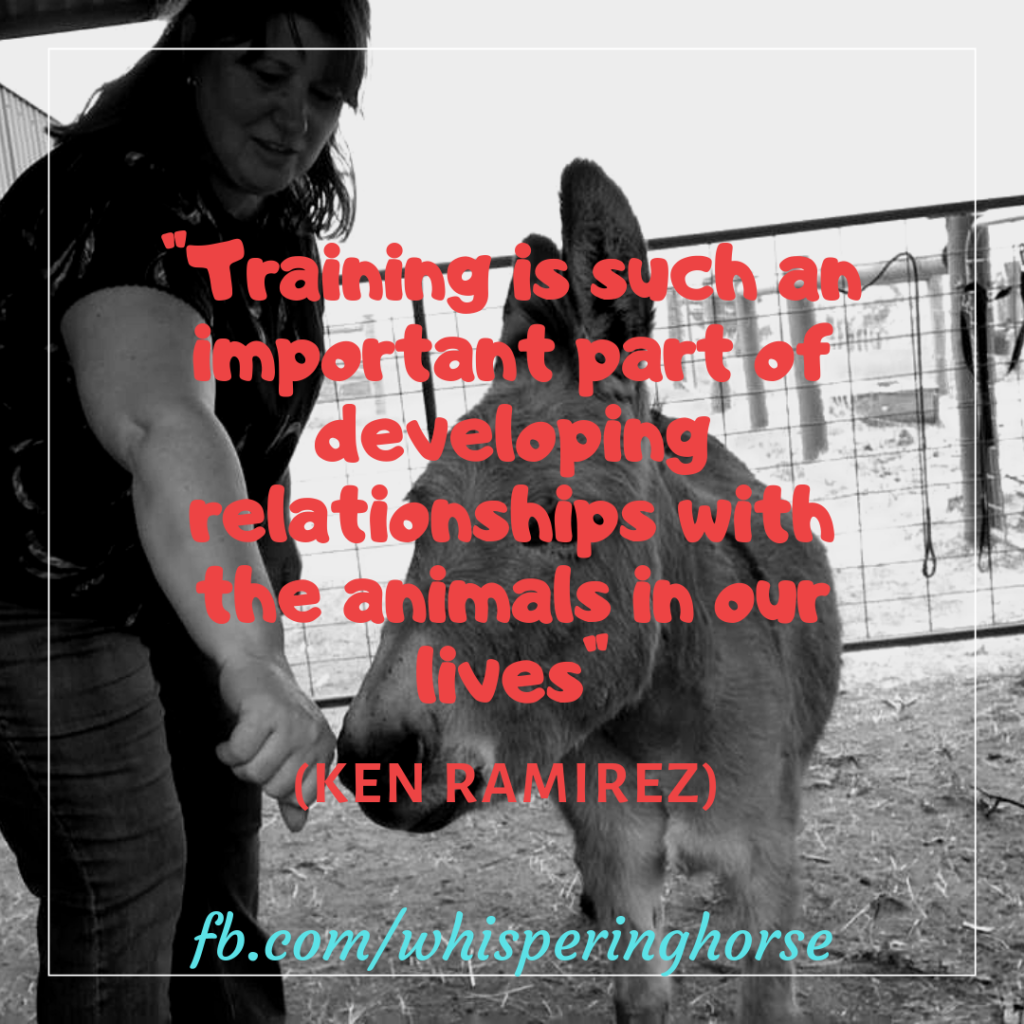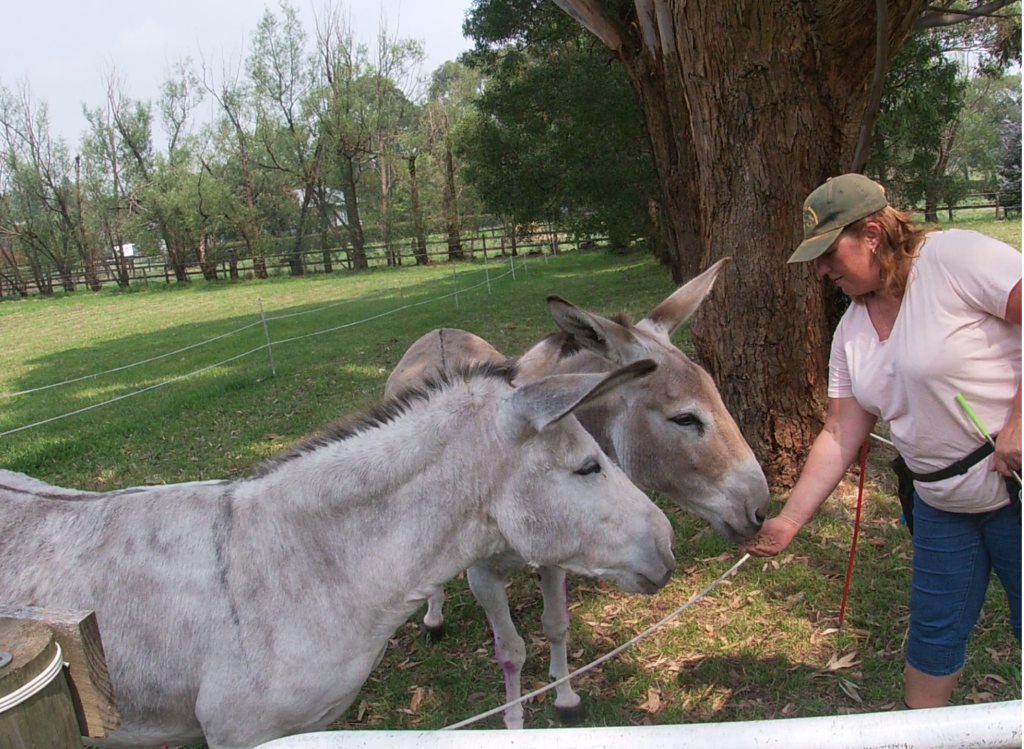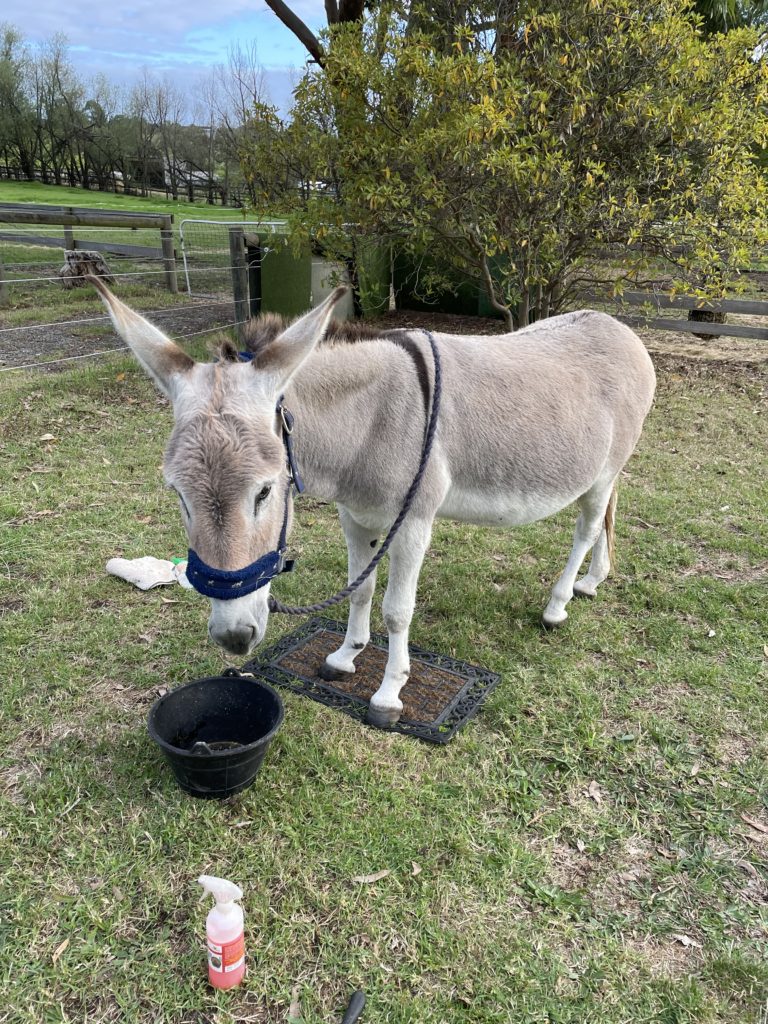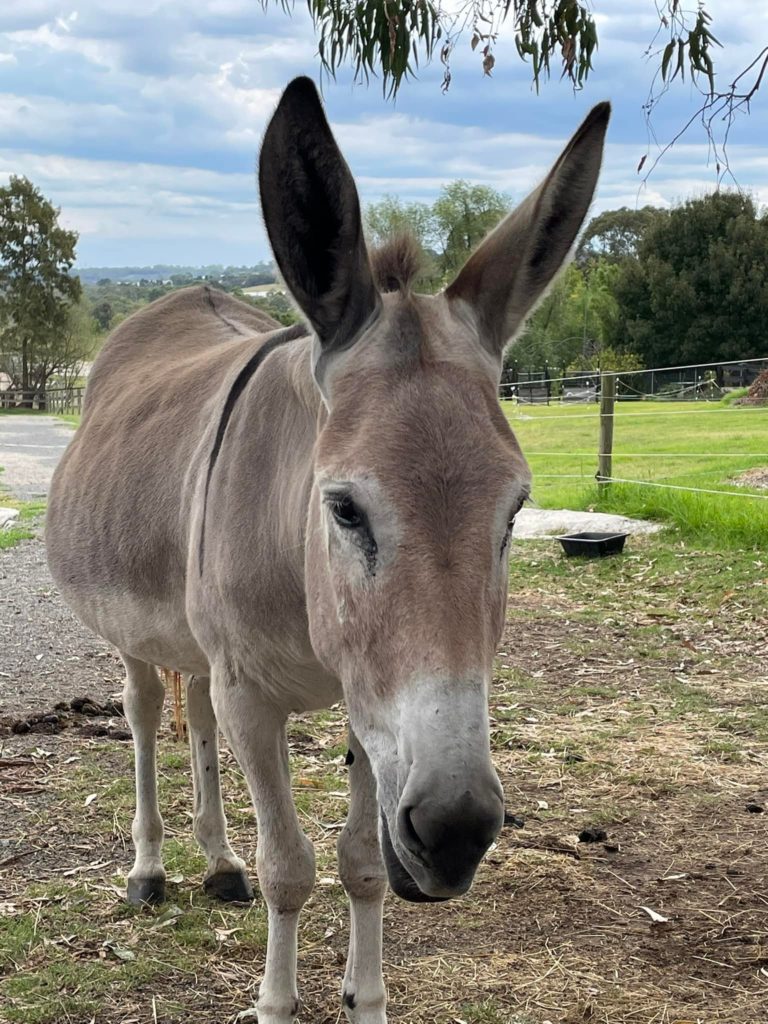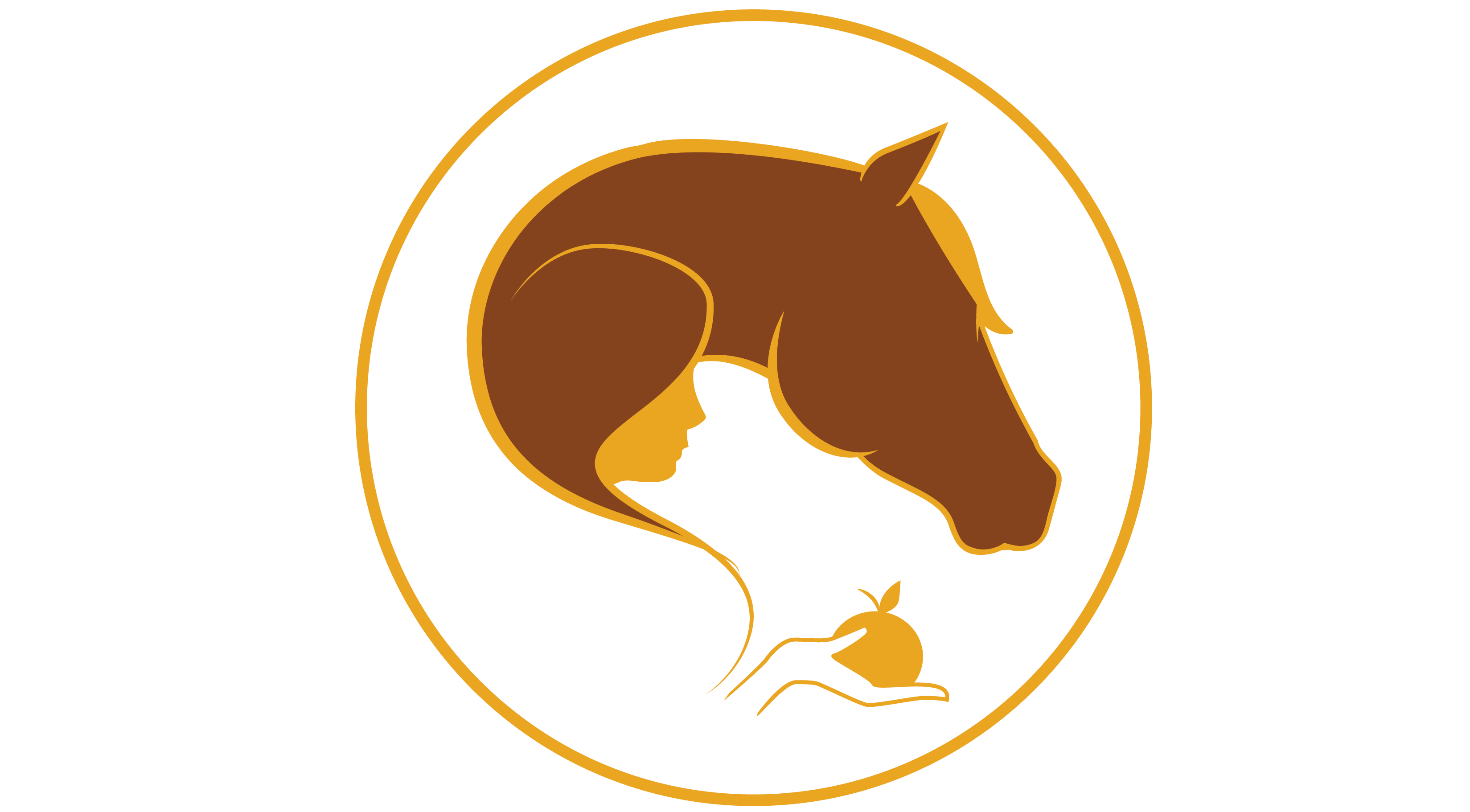Building Trust
Building Trust I had a big breakthrough with Paddy, my mini donkey today, but I need to say “we” because it actually revolved around my partner David. I’d like to define “trust” first though. For Paddy and myself, it means I’m someone that brings him nice things, gives good butt scratches when he asks, doesn’t […]

